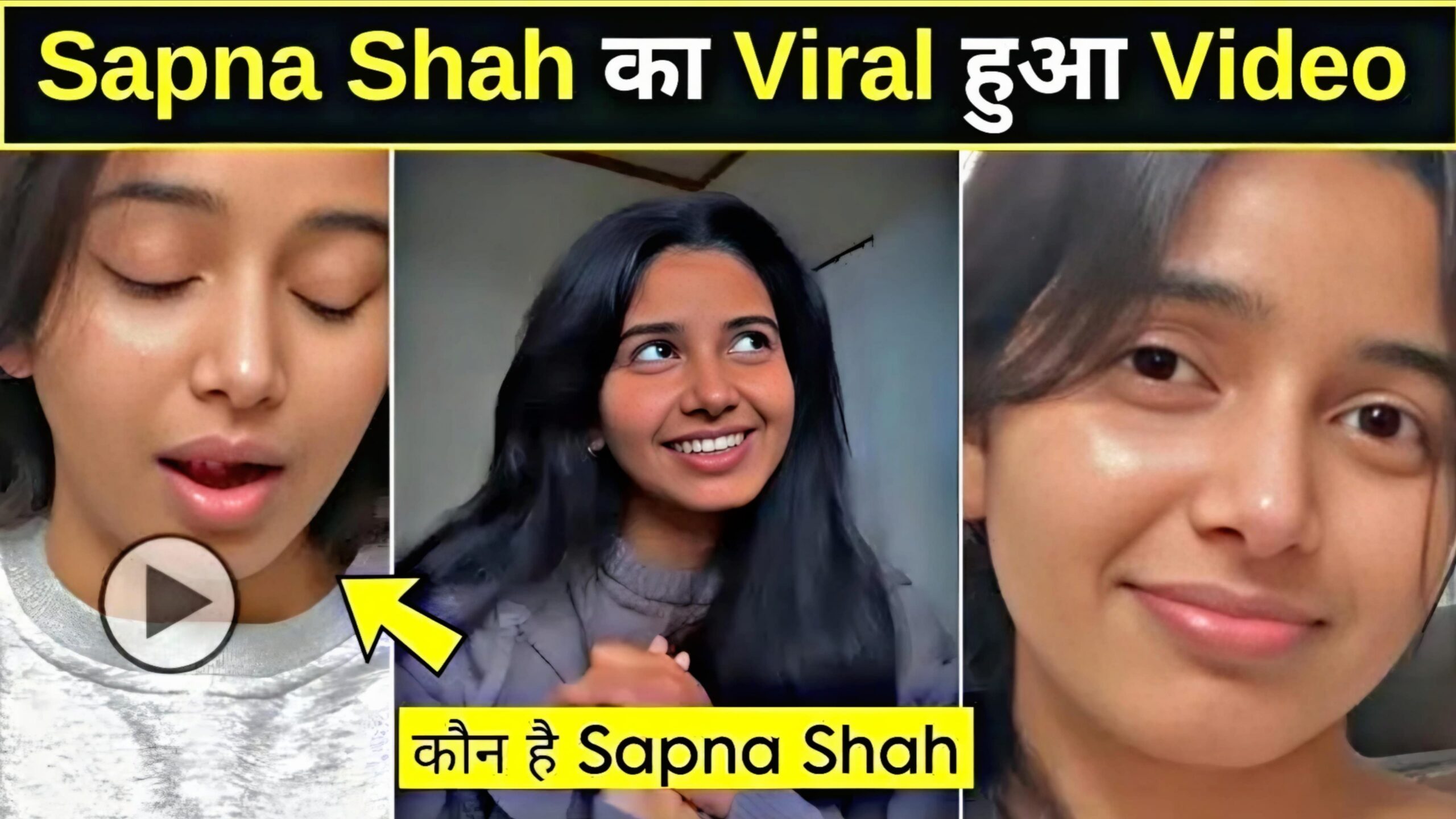Creating a viral video might seem like capturing lightning in a bottle, but there’s a method behind the madness. While you can’t guarantee a video will go viral, you can stack the odds in your favor by understanding what makes people click, watch, and share. In this article, we’ll walk you through the essential steps to create compelling, share-worthy content that could take off.
1. Understand What “Viral” Really Means
Before diving in, it’s important to define what “going viral” means. A viral video spreads rapidly across the internet through social sharing, often accumulating thousands to millions of views in a short amount of time. Virality isn’t just about numbers—it’s about impact and reach. A video can be considered viral even if it only hits tens of thousands of views, provided it spreads quickly and widely within its target audience.
2. Know Your Audience
One of the most important elements of a viral video is audience relevance. The more closely your content aligns with your audience’s interests, emotions, and sense of humor, the more likely they are to share it.
Ask yourself:
- Who am I trying to reach?
- What content do they consume?
- What makes them laugh, cry, or feel inspired?
Spend time on platforms like TikTok, YouTube, and Instagram to see what’s trending in your niche. Use this information to tailor your message and style.
3. Hook Viewers in the First Few Seconds
The first 3–5 seconds of your video are critical. Viewers decide almost immediately whether to keep watching or scroll away. Grab their attention fast with a bold statement, an intriguing visual, or a compelling question.
Examples of effective hooks:
- “You won’t believe what happened when…”
- “Most people get this completely wrong…”
- A shocking statistic or unexpected twist.
4. Focus on One Clear Message
A common mistake is trying to cram too much information into one video. Instead, aim for a single, clear message. Whether you’re telling a story, sharing a life hack, or making a joke, stick to one main idea. This makes your content easier to digest and share.
A focused message helps viewers remember and retell your video more easily—a key part of virality.
5. Trigger Emotions
People share videos that make them feel something—whether it’s laughter, awe, anger, or inspiration. The stronger the emotional response, the more likely the video will be shared.
Common emotional triggers include:
- Humor: Funny videos are highly shareable, especially if they’re relatable or absurd.
- Surprise: Unexpected twists or reveals keep people engaged.
- Inspiration: Uplifting stories can motivate people to take action or pass along the positivity.
- Nostalgia: Tapping into shared memories or experiences can evoke a strong emotional connection.
6. Optimize for Shareability
Make it easy for viewers to share your content by optimizing the video format and platform. Vertical videos work best on TikTok, Instagram Reels, and YouTube Shorts, while horizontal videos are ideal for YouTube and Facebook.
Tips for increasing shareability:
- Keep it short and punchy. Under 60 seconds often works best.
- Add captions for silent viewing.
- Include a clear call to action like “Tag a friend who needs to see this!”
7. Ride the Trend Wave
Jumping on current trends can give your video a major boost. This could mean using a trending sound, hashtag, or video format. But don’t just copy—add your own twist or viewpoint.
Trend participation shows you’re in tune with your audience and platform culture. Just make sure your take on the trend aligns with your brand or message.
8. Craft a Click-Worthy Title and Thumbnail
Your title and thumbnail are like the cover of a book—they help people decide whether to click. Make your title short, intriguing, and benefit-driven.
Good examples:
- “This One Trick Changed My Life in 30 Seconds”
- “How I Went Viral Without Trying”
- “You’ve Been Doing This Wrong Your Whole Life”
A strong thumbnail or preview frame can also boost curiosity. Use high-contrast visuals, expressive faces, and clear text overlays to stand out.
9. Promote Your Video Strategically
Don’t rely on algorithms alone to make your video go viral. Give it an initial push by promoting it across all your channels: email lists, social media, online communities, and messaging apps.
Consider these strategies:
- Share in relevant Reddit threads or Facebook groups (without spamming).
- Partner with influencers or friends who can repost.
- Use paid ads to target your audience (especially on TikTok or Instagram).
The more views your video gets in the first 24–48 hours, the more likely it is to be picked up by the platform’s algorithm.
10. Analyze and Improve
Finally, not every video will go viral—but every video is a learning opportunity. Track performance metrics like watch time, click-through rate, engagement (likes, comments, shares), and retention.
Ask yourself:
- Where are viewers dropping off?
- What kind of content gets the most engagement?
- Can I repurpose or improve high-performing content?
Over time, you’ll develop a formula that works for your audience and style.
Final Thoughts
Going viral is never guaranteed, but by combining creativity with strategy, you can dramatically increase your chances. Focus on delivering value, sparking emotion, and being relentlessly relevant to your audience. Keep experimenting, learning, and refining your approach. The next viral hit could be just one upload away.
